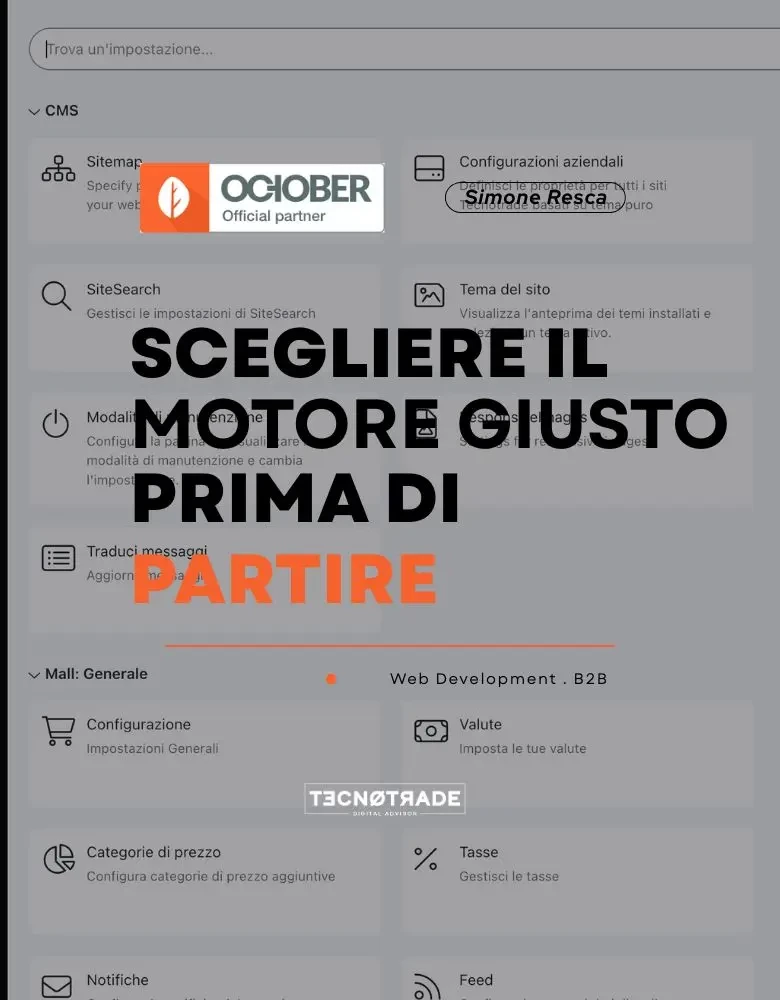What is VibeCoding: a New Paradigm Between Technique and Perception
The term VibeCoding comes from the fusion of vibe (vibration, perception, atmosphere) and coding (programming), and indicates an approach to code writing focused on perceptual coherence and user experience right from the most technical phases of development. Unlike traditional programming, where the emphasis is on functionality, performance, and structure, VibeCoding puts the focus on communicative intention and the harmony between logic and human perception.
Practically speaking, code written with a VibeCoding mindset:
is modular yet narrative, designed to reflect the brand’s identity and values already in the architecture of functions;
adopts semantic and empathy-oriented naming, with variables and functions that intuitively describe the software’s behavior;
is based on workflows that mirror the final user’s mental and perceptual path, not only database logic.
From a front-end structure perspective, VibeCoding means designing components that are not only responsive and accessible but also visually and sensorily consistent with the usage context (colors, movements, loading rhythms, and feedback). On the back-end, it means designing data management logics that are flexible, predictable, and created with the end-user in mind—often a non-technical client who needs to move agilely among data, tools, and insights.
Why VibeCoding Represents a Revolution in Software Design
In the era of hyper-personalization and generative AI, the interface is no longer just a container but an integral part of the brand experience. VibeCoding responds to this transformation by bringing the principles of emotional design, cognitive psychology, and digital storytelling into the code.
One of the most innovative aspects of VibeCoding is its ability to:
reduce the gap between developers, designers, and end-users, creating a shared language starting from the code;
facilitate software adoption by clients, since every function is designed to be intuitive and predictable, minimizing the need for training;
ensure cross-platform consistency, thanks to a development philosophy that works on perceptual times rather than just machine times.
In the B2B context, where software is often perceived as “cold” or “technical,” VibeCoding humanizes even the most complex platforms, improving engagement and loyalty.
Concrete Application: How Tecnotrade Used VibeCoding to Improve a B2B Client’s Experience
One of Tecnotrade’s clients is a network of technical components resellers, with a portal that includes dynamic catalogs, personalized quoting flows, and reserved areas for managing price lists and documents.
The main problem?
The previous system, although technically functional, was perceived as slow, complicated, and impersonal.
Users struggled to navigate, sales reps got lost in filters, and the interface felt like a collection of disconnected modules.
The Tecnotrade team applied the principles of VibeCoding on three levels:
Semantic code refactoring: each module was rewritten giving components descriptive and user-flow-consistent names (e.g., initCatalogFilter() → highlightRelevantOffers()), favoring readability and maintenance even for non-technical teams.
Synchronization between UX and back-end logic: search filters, which previously followed strictly structural logic, were reorganized based on real user behavior and usage frequency. Result: +63% conversion from search to quote request in the first month.
Emotional feedback management: the portal was enriched with consistent microinteractions, a loading system that communicates progress in real-time, and system messages written with a human tone of voice (e.g., “Almost there! Preparing your personalized price list…” instead of the usual “loading…”).
The result?
A more alive, human, and recognizable software that not only led to a performance increase (+37% tracked requests) but also to higher engagement from the client’s internal team, finally comfortable with the platform.
Conclusion
VibeCoding is not a fad but a way of developing software that puts people at the center.
For us at Tecnotrade, it means combining technical rigor and human sensitivity to build digital solutions that are not only useful but also enjoyable to use.
And above all, recognizable as an expression of your brand.
Because today, in a sea of identical interfaces, the winner isn’t the fastest but the one who communicates best, starting from the code itself.




